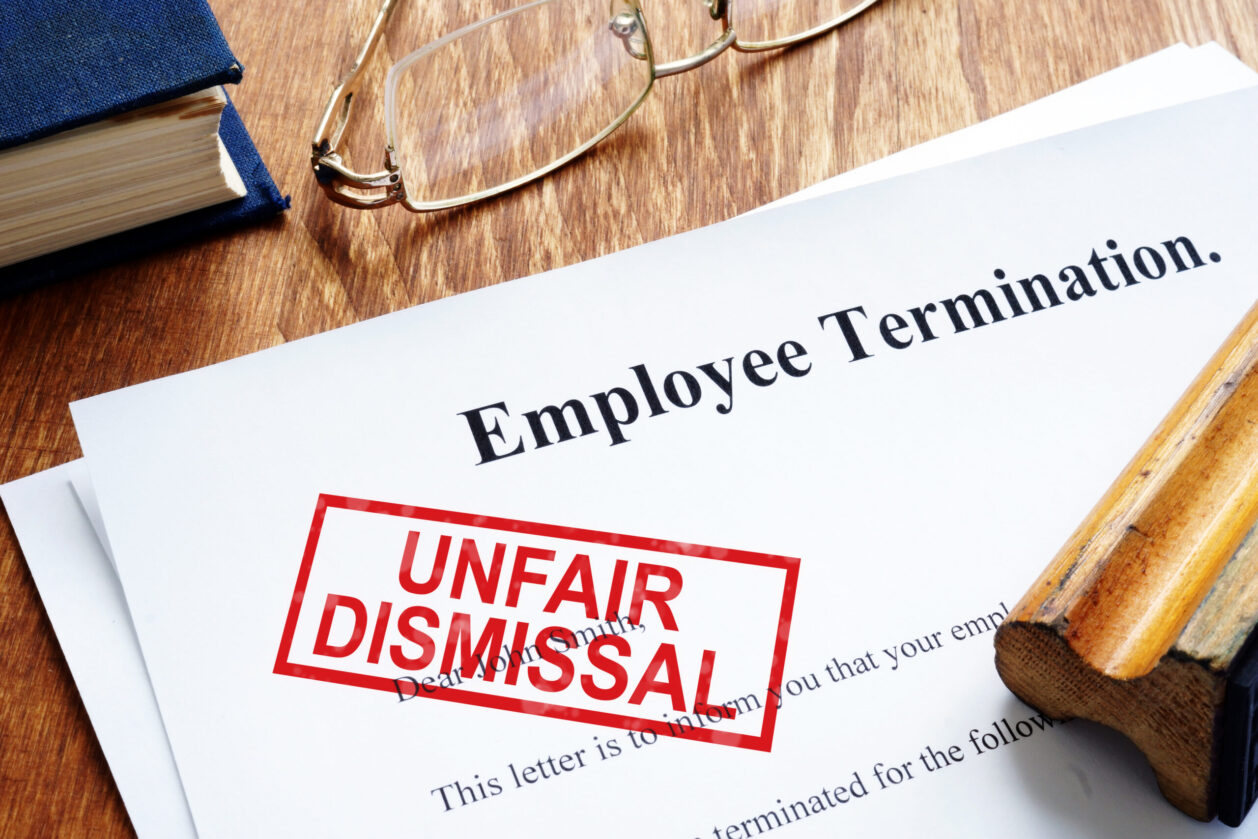Transitioning workers back to the office after weeks, or months, of working from home can pose challenges.
But there are ways to help manage staff reluctant to resume work, and create a positive post-COVID workplace culture.

Communication
You've taken all the necessary precautions, and the working environment is as safe as you can reasonably make it, but employees may still be anxious about returning to work.
Let your staff know what you're doing to keep them safe and keep these updates responsive to any changes in the situation or changes in government advice.
Use a central source of information like an intranet page or a notice board to help staff stay updated, and respond to any concerns.
If you have mental health support services available to employees, share those with your staff.
Flexible work arrangements
Flexible work arrangements have become standard practice during the pandemic, with Australian Bureau of Statistics data showing the number of people working from home hit a record high in 2020 and 2021.
The ABS Household Impacts of COVID-19 Survey showed that between September 2020 and June 2021, about 40 per cent of employed people were working from home, with 20-30 per cent working most of their hours from home.
CCIWA Employee Relations Advice Centre Manager Siobhan Griffiths says it is important to ask employees about their preferences.
"Find out why you may have an employee who prefers to come into the workplace because things are too noisy, or there are too many interruptions, at home," she says.
"One size does not fit all with these, so look at the strategies you can put in place.
A good place to start is to review your baseline risk factors and the protective factors in the workplace.
"Risk factors are things that can impact people's mental health and lead to them feeling burnt out, or experiencing other mental health issues," Griffiths says. "Your protective factors are the things that counteract those and help employees to feel like they're supported, looked after and they can collaborate."
Discuss options with each staff member to create an arrangement that works for both you and them.

Consideration
Determining which workers are best placed to continue working from home and which need to physically be at a workplace can be a challenge for employers.
Establishing how productive employees are while working from home is a key factor in making this decision. Monitoring the performance of employees remotely can be done in several ways, including:
- daily check-ins with managers or supervisor to set tasks for the day;
- more frequent monitoring of KPI’s e.g. monthly or fortnightly;
- clear communication about roadblocks to productivity while working at home, and solutions to avoid these; and
- regular virtual team meetings and additional support.
Focus on each individual’s role and circumstances. How much of a role can be done at home and what parts of the role need to be done in-office or the field?
Employers should prioritise bringing on-site roles, like client-facing or field-based jobs, back to the office first.
However you will also need to consider an employee’s personal circumstances, such as their caring responsibilities, or if they are at high risk of complications from COVID-19.
Management
For workers transitioning from their homes to office environments, there are several considerations employers need to make when directing employees to return.
Businesses need to determine whether the direction for an employee to return to work is both lawful and reasonable.
This can be done by assessing the particular industrial instruments that apply to an employee in their specific circumstances. This could include an award or agreement, the contract of employment, internal policy or procedure or any other instrument that may outline terms and conditions of employment.
Disciplinary action may be necessary if an employer has communicated to a worker that they must return and the employee has not provided a valid reason as to why they are not following a direction.
There are many complexities relating to industrial instruments and businesses may need to contact CCIWA’s employment team for advice.
CCIWA provides training and coaching support as well as advice on policies and practices on working arrangements. Call (08) 9365 7496 or email [email protected].






